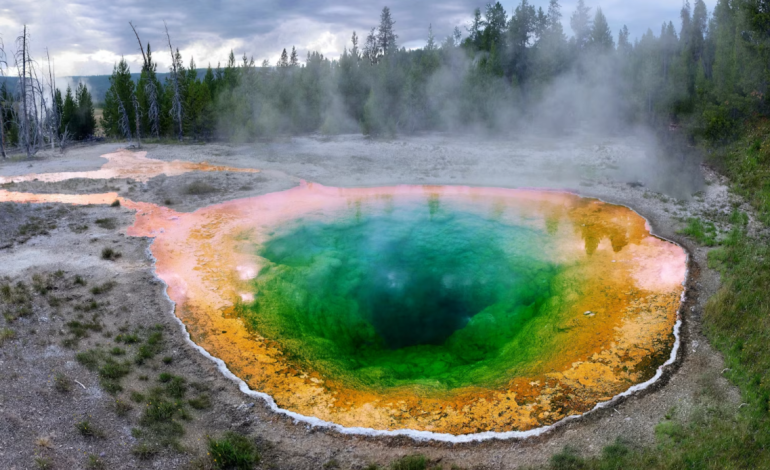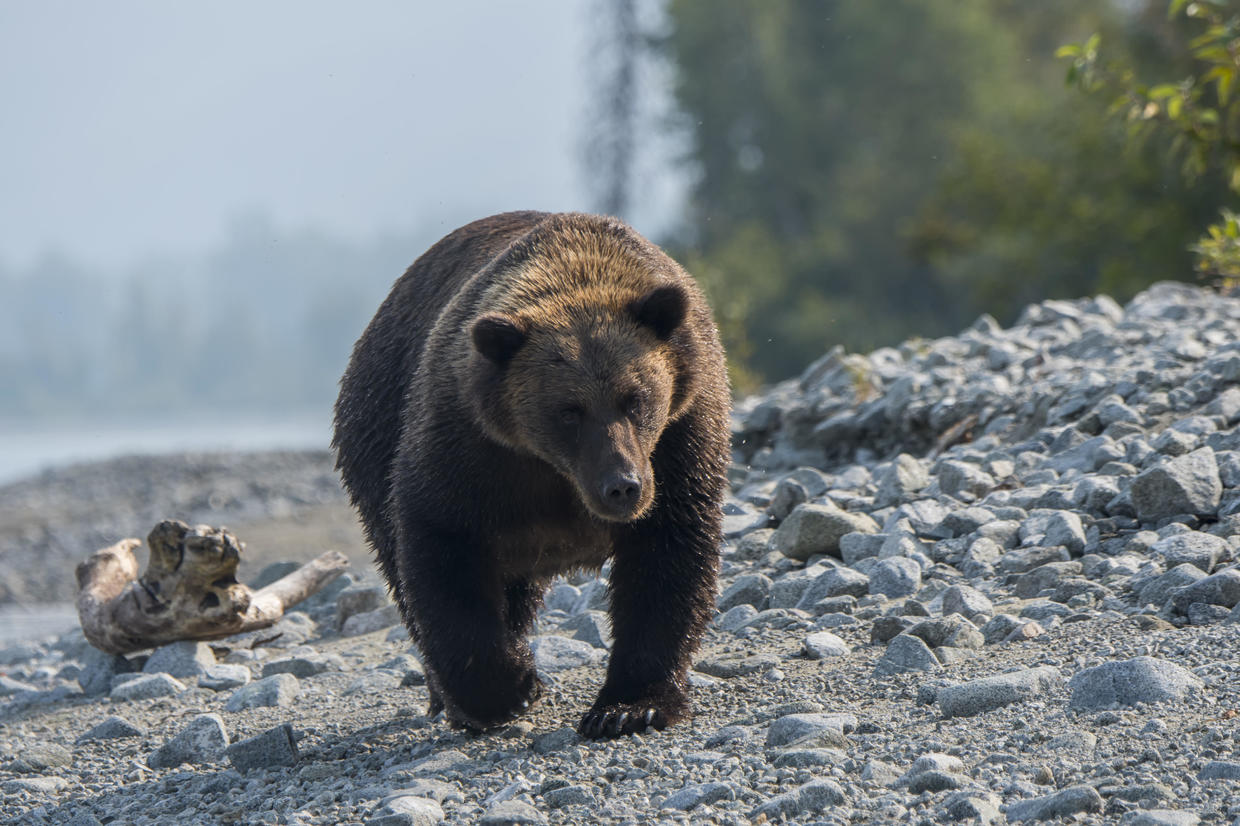Newly Identified Magma Cap Sheds Light on Yellowstone’s Volcanic Stability

Geoscientists have identified a previously unknown magma cap beneath Yellowstone National Park, offering new insights into the complex and dynamic nature of one of the world’s largest active volcanic systems, ABC News reports.
According to researchers, this newly discovered geological layer may play a crucial role in maintaining the current stability of the Yellowstone supervolcano.
Located approximately 2.4 miles below the Earth’s surface, the magma cap is composed of molten silicate materials, porous rock, and supercritical water — a state in which water behaves like both a gas and a liquid after surpassing its critical temperature of 374 degrees Celsius. This cap appears to function as a natural barrier, trapping heat and pressure below it, which may be helping to prevent an eruption.
“For decades, we’ve known there’s magma beneath Yellowstone, but the exact depth and structure of its upper boundary has been a big question,” said Brandon Schmandt, professor of Earth, Environmental and Planetary Sciences at Rice University and co-author of the study. “What we’ve found is that this reservoir hasn’t shut down — it’s been sitting there for a couple million years, but it’s still dynamic.”
The research team utilized a 53,000-pound vibroseis truck — a device that emits low-frequency seismic waves — to study the subsurface features of Yellowstone’s volcanic system. These waves, similar to tiny man-made earthquakes, helped generate reflections off geological layers, allowing scientists to form a more detailed picture of the underground environment.
The resulting seismic images, combined with advanced computer modeling, allowed the team to detect the volatile-rich magma cap and determine its composition. The models showed that as magma rises and decompresses, it releases gases such as water and carbon dioxide. These gases form bubbles that accumulate within the porous rock of the cap.
Under certain conditions, this buildup of gas could lead to an eruption. However, the researchers emphasized that current conditions do not suggest any immediate threat. The system appears to be venting gas gradually through small cracks and mineral channels, a process Schmandt likened to the volcano “breathing steadily.”
“Although we detected a volatile-rich layer, its bubble and melt contents are below the levels typically associated with imminent eruption,” Schmandt explained.
This discovery builds upon previous research from 2022, which found that Yellowstone’s magma reservoir is larger and more active than previously believed. Despite the increased volume of molten rock and gas, the volcano remains in a stable state, researchers say.
The data collection was not without challenges. Yellowstone’s intricate underground structures caused seismic waves to scatter, producing noisy results that were difficult to interpret. Nonetheless, the team succeeded in capturing one of the clearest images to date of the magma reservoir’s upper boundary.
“When you see noisy, challenging data, don’t give up,” said Chenlong Duan, co-author of the study and developer of the seismic imaging technique used in the research.
The findings offer important insights into the long-term behavior of Yellowstone’s volcanic system. While not predictive of future eruptions, this research helps refine scientists’ understanding of how pressure is managed within the supervolcano — knowledge that could inform monitoring and risk assessment in the future.








The latest news in your social feeds
Subscribe to our social media platforms to stay tuned